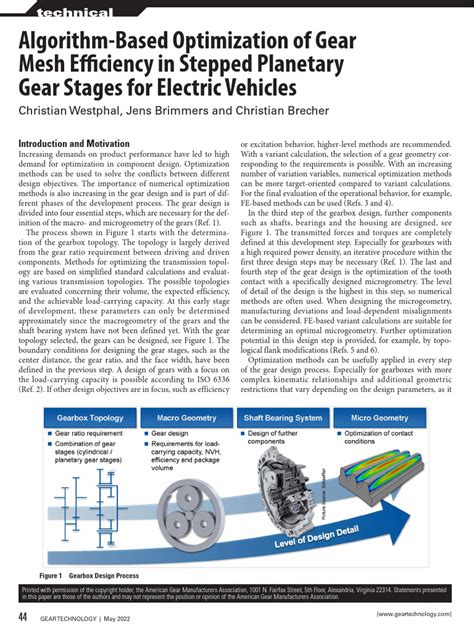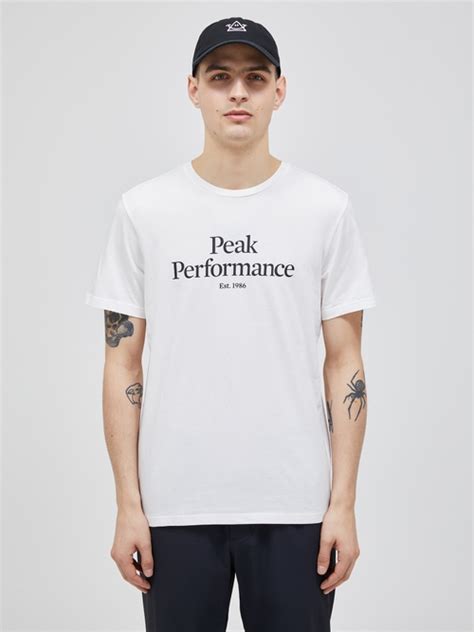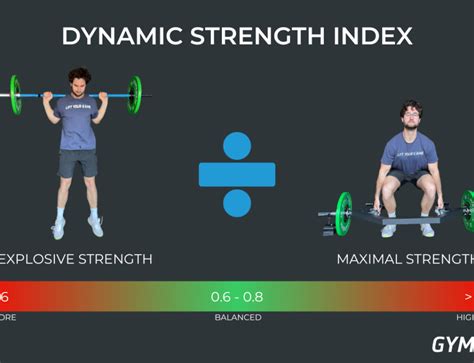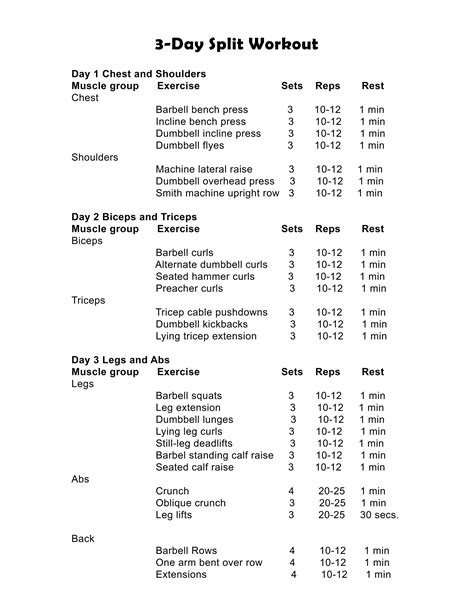Peak performance: How to optimize compound lifts for maximum strength & hypertrophy?

The Unrivaled Power of Compound Lifts
Compound lifts are the bedrock of any effective strength and hypertrophy program. Exercises like squats, deadlifts, bench presses, and overhead presses engage multiple joints and muscle groups simultaneously, making them incredibly efficient for building overall strength, increasing muscle mass, and improving athletic performance. To truly harness their power, a systematic approach to optimization is essential. It’s not just about lifting heavy; it’s about lifting smart, with purpose and precision.
Mastering Form: Your Foundation for Success
Before chasing heavy weights, perfect form must be your absolute priority. Incorrect technique not only increases the risk of injury but also diminishes the effectiveness of the lift, failing to adequately stimulate the target muscles. Dedicate time to learning and refining the mechanics of each compound movement, using lighter weights to drill proper motor patterns. Focus on controlled movements, full range of motion, and maintaining tension where it belongs.

Utilize resources like certified trainers, reputable online tutorials, and even video recordings of yourself to identify and correct flaws. A strong foundation in form ensures you can progressively load the movement safely and effectively, unlocking maximum gains.
Progressive Overload: The Engine of Growth
The principle of progressive overload is non-negotiable for continuous progress. To get stronger and build more muscle, you must consistently challenge your body beyond its current capabilities. This doesn’t solely mean adding more weight; it can also involve:
- Increasing Weight: The most common method, gradually adding kilograms/pounds to the bar.
- Increasing Repetitions: Performing more reps with the same weight.
- Increasing Sets: Adding more working sets to your routine.
- Decreasing Rest Times: Shortening the recovery period between sets.
- Increasing Time Under Tension: Slowing down the eccentric (lowering) or concentric (lifting) phase of the movement.
- Improving Technique: Being able to lift the same weight with better form is a form of progression.
Track your workouts meticulously to ensure you’re consistently aiming for improvement. Even small, incremental increases accumulate into significant progress over time.
Strategic Rep Ranges and Volume for Dual Gains
Optimizing compound lifts for both strength and hypertrophy often involves manipulating rep ranges and overall training volume. While there’s overlap, certain ranges tend to favor one goal over the other:
- For Strength (1-5 reps): Focus on lifting very heavy weights for low repetitions. This builds neurological adaptations, improving your ability to recruit high-threshold motor units and move maximal loads.
- For Hypertrophy (6-12 reps): Use moderate weights for higher repetitions. This range creates mechanical tension and metabolic stress, both crucial drivers of muscle growth.

A smart approach is to incorporate both. You might start your workout with a heavy compound lift in the strength range (e.g., 3×5 heavy squats) and then follow with a slightly lighter variation or another compound lift in the hypertrophy range (e.g., 3×8-12 lunges). Total weekly volume (sets x reps) for a given muscle group is also a key factor; aim for 10-20 hard sets per muscle group per week for optimal hypertrophy.
Programming and Periodization: Structuring Your Progress
Randomly hitting the gym won’t yield optimal results. A well-structured program incorporates principles of periodization – varying your training over time to manage fatigue, prevent plateaus, and ensure continuous progress. Simple linear periodization might involve starting with higher reps and lower weights, gradually increasing weight and decreasing reps over several weeks, followed by a deload or a shift in focus.

Consider training compound lifts 2-3 times per week, allowing adequate recovery between sessions for each muscle group. For instance, an upper/lower split or a full-body routine can be highly effective. Incorporate warm-up sets to prepare your body and cool-down stretches to aid recovery. Don’t forget to include planned deload weeks every 6-12 weeks to allow your body to fully recover and prepare for the next training cycle.
Fueling and Recovery: The Pillars Beyond the Gym
Training is only half the equation; your progress with compound lifts is heavily dependent on what happens outside the gym. Neglecting nutrition and recovery will severely limit your ability to gain strength and muscle.
- Nutrition: Consume adequate protein (1.6-2.2g per kg of body weight) to support muscle repair and growth. Ensure sufficient calorie intake, especially if hypertrophy is your primary goal. Carbohydrates provide energy for intense workouts, and healthy fats are crucial for hormonal balance.
- Sleep: Aim for 7-9 hours of quality sleep per night. This is when your body produces growth hormone and testosterone, crucial for recovery and muscle building.
- Stress Management: Chronic stress elevates cortisol, which can hinder recovery and muscle growth. Incorporate stress-reducing activities into your routine.
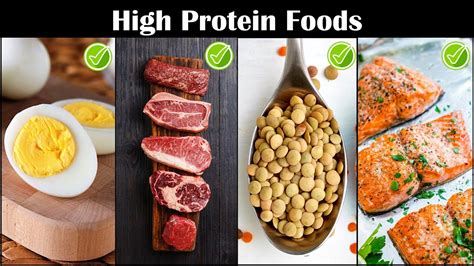
Conclusion: Consistency is Key
Optimizing compound lifts for maximum strength and hypertrophy is a journey that demands consistent effort, intelligent planning, and an unwavering commitment to the fundamentals. By prioritizing perfect form, embracing progressive overload, strategically varying rep ranges, structuring your training, and diligently focusing on nutrition and recovery, you will unlock unparalleled gains. The path to peak performance is built one intentional lift at a time.




